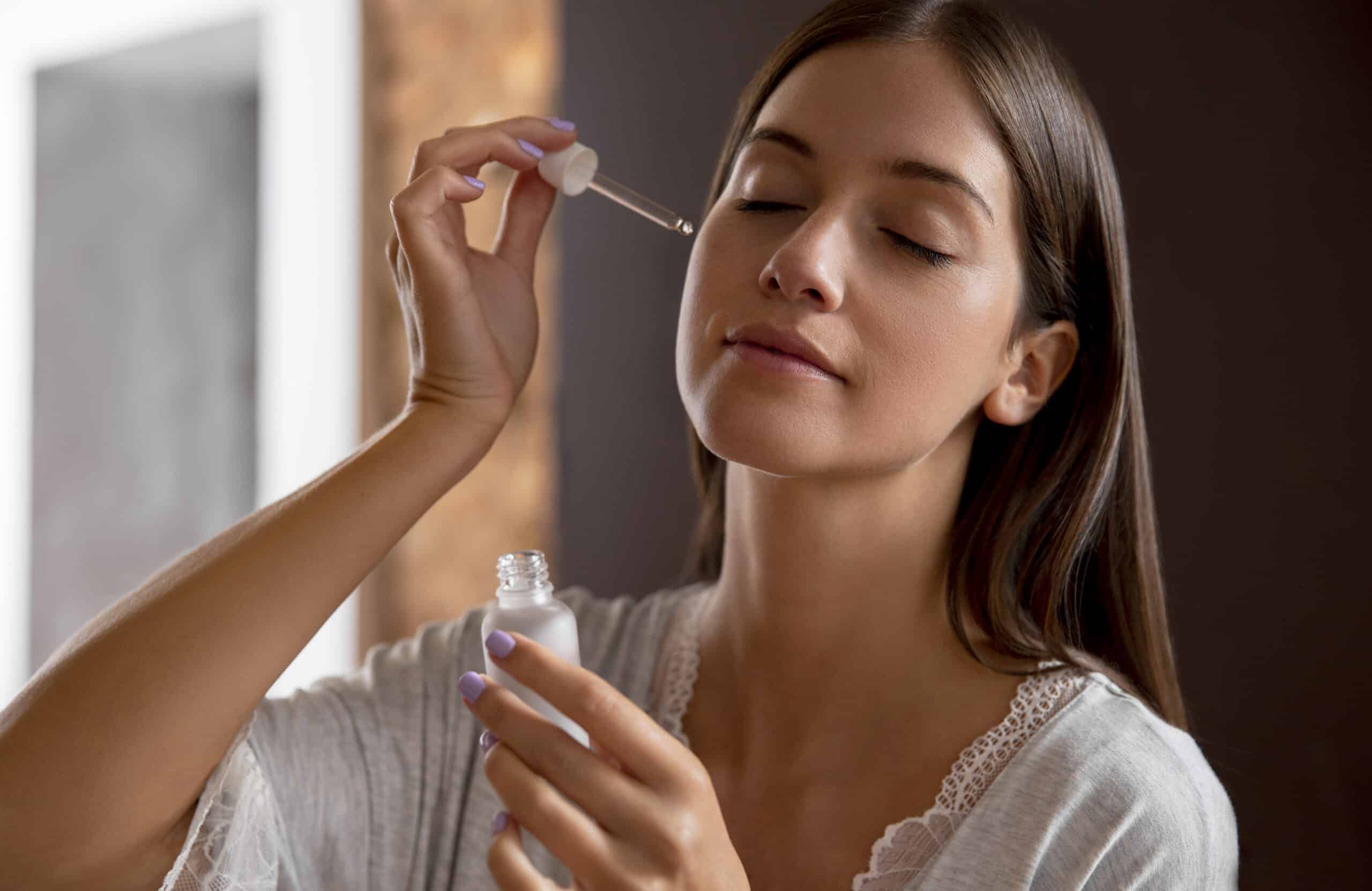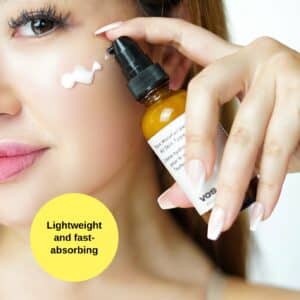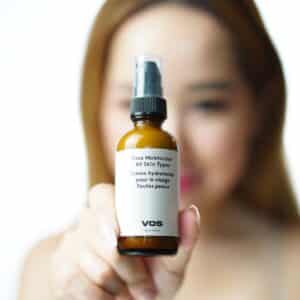As the temperature rises, your skin’s needs change. A skincare routine that works in winter might not be ideal for summer. Higher humidity, increased sun exposure, and more sweat can lead to clogged pores, dehydration, or excessive oil production. Choosing the best moisturizer for summer and adjusting your skincare routine accordingly can help keep your skin healthy, clear, and balanced throughout the season.
Why Your Skincare Routine Needs to Change in Summer
Skin Behavior During Summer
In warm and humid conditions, your skin tends to produce more sebum. This can lead to shiny skin, clogged pores, and breakouts. At the same time, increased exposure to UV rays can cause dehydration and premature aging. Therefore, striking a balance between hydration and oil control becomes essential.
Impact of Sweat and Sunscreen
Sweat and sunscreen are necessary during summer, but they can mix with sebum and environmental pollutants to form a layer that clogs pores. This makes proper cleansing and lightweight hydration even more important.

Common Skin Concerns in Summer and How to Manage Them
Breakouts and Acne
Hot weather increases sweat and sebum, contributing to clogged pores. Using non-comedogenic products and cleansing twice daily can reduce the risk of breakouts.
Tips:
- Avoid touching your face with sweaty hands
- Use blotting papers or oil-control sheets
- Choose water-based products
Dehydrated Skin
Despite the humidity, your skin can become dehydrated due to sun exposure or air conditioning. A lightweight, hydrating serum and gel moisturizer can help maintain moisture.
Uneven Skin Tone and Pigmentation
UV exposure can worsen hyperpigmentation. Incorporate antioxidants like vitamin C in your serum and always wear sunscreen.
Excess Oil and Shine
To manage oily skin:
- Use mattifying primers or moisturizers
- Avoid alcohol-based toners
- Consider clay masks once or twice a week

Tips for Choosing Skincare Products for Summer
Know Your Skin Type
Before adjusting your routine or buying new products, assess your skin type. Your needs may shift seasonally, especially if you’re prone to combination or oily skin in warmer months.
Read the Ingredient List
Understanding what’s in your skincare can help you avoid irritation and choose the most effective formulas.
- Sensitive skin: avoid fragrances and alcohol
- Oily skin: look for salicylic acid, niacinamide
- Dry skin: seek out ceramides and panthenol
- All skin types: hyaluronic acid and glycerin are universally beneficial
Patch Test New Products
Always patch test new skincare items before full application. Summer heat can exacerbate sensitivity, so this step is critical.
When to Change Products
As temperatures fluctuate and your skin changes, it may be necessary to rotate products. Signs you need to change your skincare products include:
- Increased oiliness or dryness
- Breakouts or irritation
- Reduced product effectiveness
Gradual transitions between seasons help prevent sudden skin reactions.
Travel and Summer Skincare
If you’re traveling during the summer, your skincare routine should be portable and adapted for your destination’s climate.
Tips:
- Pack minis or transfer products into travel containers
- Always carry sunscreen
- Use blotting papers or micellar water for quick refreshes
- Bring a gentle cleanser and lightweight moisturizer
Conclusion
Transitioning into a summer skincare routine is essential for maintaining healthy skin. The focus should be on balancing oil, ensuring hydration, and protecting against sun damage. Choosing the best moisturizer for summer is one of the most impactful changes you can make. Along with thoughtful cleansing, sun protection, and hydration, your skincare routine will support your skin’s needs through the warmer months.








